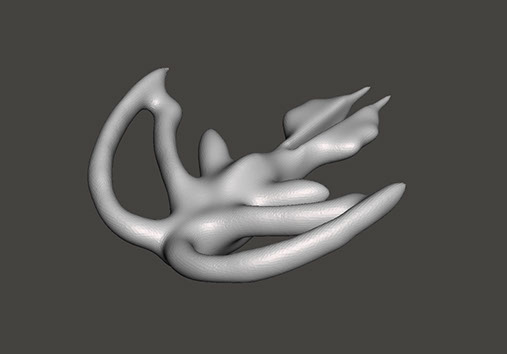Species: Akashiwo| Dinoflagellate
Student: Ryan Widmer
Information:
Dinoflagellate Akashiwo Genus are phytoplankton cells that are unarmored and dorsoventrally flattened. Epitheca is broadly conical and hypotheca is bilobed. With regards to the nucleus, it is a large central nucleus with numerous chloroplasts that radiate from cell center. These cells can be deeply pigmented or clear and may form resting spores surrounded by a mucus halo.
The size of this cell ranges from 40-80um in length. The distribution is cosmopolitan in temperate to tropical coastal and estuarine waters. The synonyms for this species are known as “Akashiwo sanguinea = Gymnodinium sanguineum, Gymnodinium splendens”. This species forms extensive blooms that color the water red, often with Ceratium furca. Considered a toxin “red Tides” are associated with fish kills when large blossoms occur.
The Dinoflagellates in general are a large group of flagellateeukaryotes that constitute the phylum Dinoflagellata. Most are marine plankton, but they are common in freshwater habitats like I stated above. Their populations are distributed depending on temperature, salinity or depth. Many are known to be photosynthetic, and large fractions of this species play an important part in the biology of coral reefs. The specific order that my species belongs to is Gymnodinales and the family is known as Gymnodiniaceae
